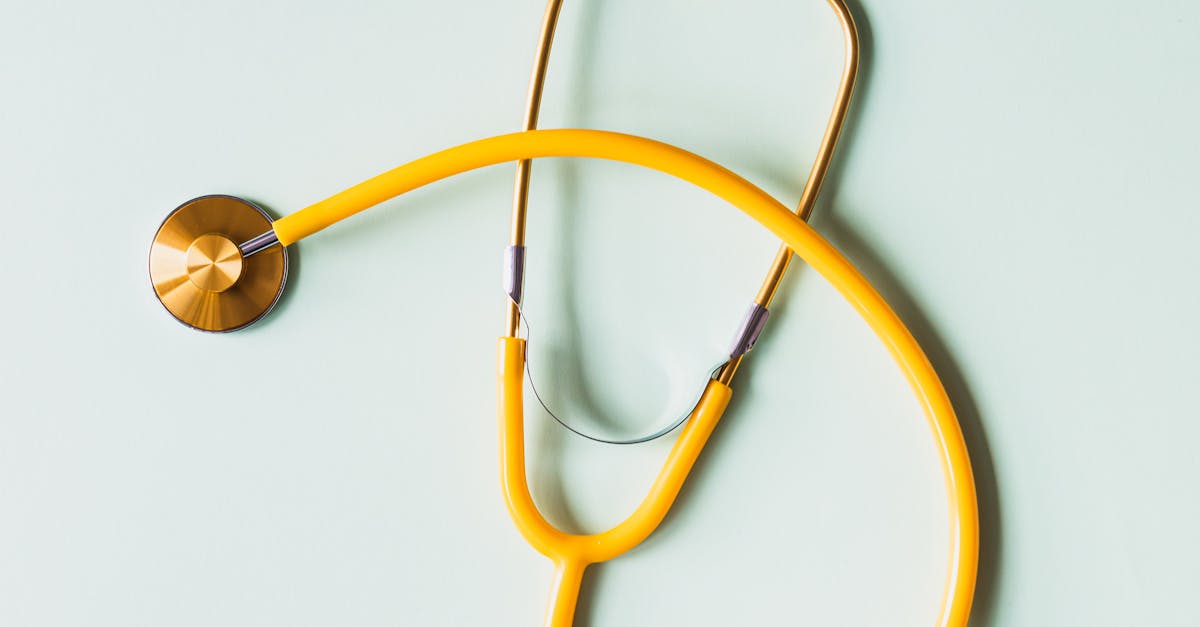Guardant Health's price surge today seems to be confirming the bullish analyst outlook on the stock. Ending the day at $48.63, GH has posted 17.4% gains, pushing the valuation of the stock even higher. Might the stock be overvalued, despite its buy rating?
The most common valuation metric for stocks is the trailing price to earnings (P/E) ratio. Guardant Health has a P/E ratio of -11.8 based on its 12 month trailing earnings per share of $-4.13. Considering its future earnings estimates of $-5.13 per share, the stock's forward P/E ratio is -9.5. In comparison, the average P/E ratio of the Healthcare sector is 13.21 and the average P/E ratio of the S&P 500 is 15.97.
Guardant Health's P/E ratio tells us how much investors are willing to pay for each dollar of the company's earnings. The problem with this metric is that it doesn't take into account the expected growth in earnings of the stock. Sometimes elevated P/E ratios can be justified by equally elevated growth expectations.
We can solve this inconsistency by dividing the company's trailing P/E ratio by its five year earnings growth estimate, which in this case gives us a -0.56 Price to Earnings Growth (PEG) ratio. In GH's case, the elevated P/E ratio is not justified by future earnings growth estimates since it has a negative PEG ratio.
We can also compare the ratio of Guardant Health's market price to its book value, which gives us the price to book, or P/B ratio. A company's book value refers to its present liquidation value -- or what would be left if the company sold off all its assets and paid off all of its debts today. Importantly, the book value does not include intangible assets such as the value of its brand and the goodwill of its customers. GH has a P/B ratio of 29.9, with any figure close to or below one indicating a potentially undervalued company.
A comparison of the share price versus company earnings and book value should be balanced by an analysis of the company's ability to pay its liabilities. One popular metric is the Quick Ratio, or Acid Test, which is the company's current assets minus its inventory and prepaid expenses divided by its current liabilities. Guardant Health's quick ratio is 5.963. Generally speaking, a quick ratio above 1 signifies that the company is able to meet its liabilities.
The last factor we will review in our value analysis of Guardant Health is its levered free cash flow, which is negative at $-284,052,000.00. The levered free cash flow represents the sum of all of the company's inflows and outflows of capital in the last quarter. A negative value means that Guardant Health has no cash left over to re-invest in the business or to pay equity investors in the form of a dividend.
By most metrics, Guardant Health is an overvalued stock, even when we factor in its future growth estimates. So why are analysts giving it such a generous rating? They might have based their decisions on qualitative factors such as the strength of the company's management or its competitive advantage. Don't want to miss our next analysis? Make sure to subscribe to our free daily newsletter!


